News
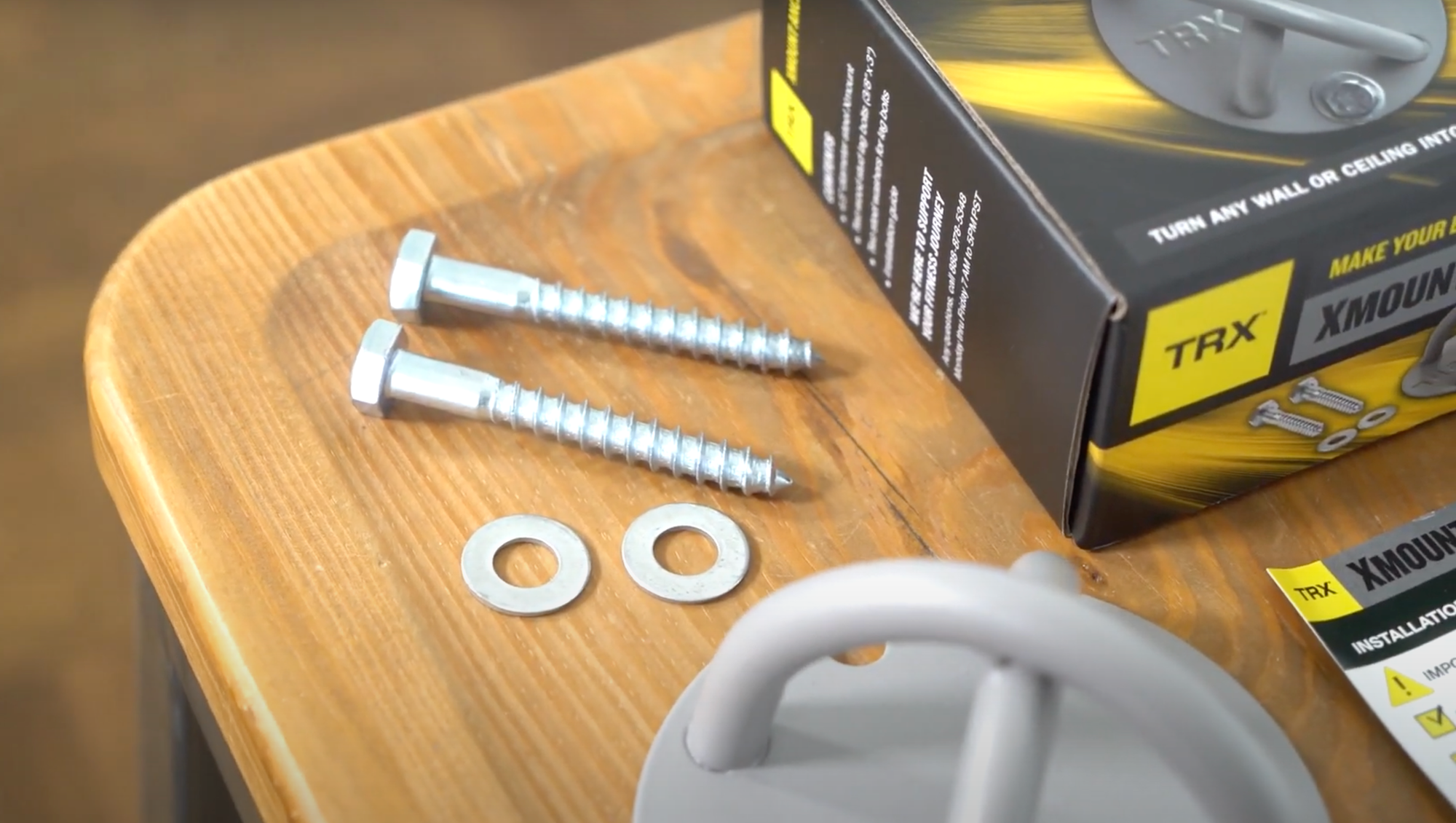
TRX
5 Common Questions About Installing the TRX XMount
TRX Training
If the thought of permanently affixing your TRX Suspension Trainer to your wall or ceiling makes you a little nervous, you’re not alone. One of the reasons the TRX Suspension Trainers are among the most popular fitness tools in the world is that you’re not required to drill, hammer, or construct anything to use them at home. But, while you don’t need to pull out your toolbox, some people prefer to install a TRX XMount to create an indoor workout space beyond the door frame.
So if you're curious about the specifics, we’re here with answers to the most common questions about TRX XMount installation.
Do I need to hire a professional?
Maybe. If you’ve never used a drill or a stud finder, or you don’t know the difference between a nail and a screw, there’s no shame in calling a pro to ensure the job’s done right.
Can I anchor my TRX XMount to drywall or plaster?
No. Your TRX XMount must be anchored to a stud to support your weight. Using a standard drywall anchor can destroy your wall and could result in injury. You can install the TRX XMount on concrete, but TRX does not recommend mounting it to brick or cinder block walls.
What tools do I need to install my TRX XMount?
You’ll need a drill with a ¼-inch bit, a stud finder, a ratchet, a pencil, and the included hardware, (two ⅜ inch x 3-inch wood stud lag bolts and two washers). If you’re installing your TRX XMount on a concrete surface, you’ll also need two ⅜ inch x 3-inch concrete lag shields, (sold separately at TRXtraining.com or your local hardware store).
Where should I install my XMount?
The choice is yours! You’ll need to find a stud in your wall, an overhead stud, or an overhead beam that is 7- to 9-feet off the ground. If you’re installing your TRX XMount overhead, position the mount at least 3 feet away from the nearest wall to allow for 360° movement for your favorite TRX exercises.
Does your home have extra high ceilings? You may need to add the TRX Xtender to ensure that your Suspension Trainer isn’t too high. The bottom loop of the Suspension Anchor—that’s the loop the Suspension Trainer carabiner clips into—should be 6 feet from the ground.
Does the TRX XMount come in multiple colors?
Currently, the TRX XMount is available in white or grey, but you can always paint it if you want it to blend more naturally with your wall or ceiling. Because it’s made of steel, plan to prime it first, then finish with a coat or two that matches your wall color.
For more help installing your TRX XMount, watch Zack Van Wagoner demonstrate proper installation in the video below, and be sure to read the installation guide included with your TRX XMount.
Where can I buy an XMount?
You can buy an XMount right below along with the other TRX products you'll need to build the perfect home gym:
TRX® PRO4 SYSTEM
BUY NOW
TRX® XMOUNT
BUY NOW
TRX® DOOR ANCHOR
BUY NOW
Once you've installed your TRX XMount, your suspension trainer will be good to go. Use TRX Training Club to try some suspension-specific workouts:

4 Things You Should Think About Before Creating A Home Gym
If you’ve ever watched MTV Cribs or flipped through the pages of Architectural Digest, you’ve seen a celebrity home gym. They’re usually massive rooms with treadmills, stationary bikes, weight racks, and maybe a massage table or a pitcher of spa water in the corner. For a multi-millionaire athlete or entertainer, that kind of space may be the norm, but most of us don’t have1,000 sq. ft. to commit to our workouts. The good news? You don’t need a mega-mansion to create a top-notch exercise area. Whether you're outfitting a large room or a tiny corner, these are the four things you should think about before creating a workout space
What kinds of workouts do you enjoy? Close your eyes and imagine a type of exercise equipment you could keep in a home. Did a treadmill come to mind? Treadmills are great for a quick cardio workout, and they require very little instruction. (You already know how to walk and run, so you don’t have to learn a new type of movement.) If you enjoy running, but you find that weather and timing can interfere with your routine, then an indoor, climate-controlled alternative to your run in the park is appealing. But a treadmill isn’t right for everyone. If you dread running, buying an expensive tool to facilitate running inside isn’t a great idea—you’ll just end up with a large, expensive, unused piece of equipment in your home. Instead of trying to build your workout routine around a piece of equipment, create a home gym that’s focused on the types of exercise you actually do.
How much space do you have? Exercise equipment can take up a lot of space. Before you start buying tools for your home gym, take a few minutes to measure how much space you have. Keep in mind, you don’t need a full room. For example, the TRX® Home2™ System offers a full-body workout, but it easily folds for storage in a closet, drawer, and or storage bin. TRX also offers an assortment of small, easily stored functional training tools like bands and slam balls. A Pilates Springboard™ would be anchored to your wall, so you don’t have to worry about giving up floor space or closet space if you want to purchase one for your home. For a larger item, like a weight rack or stationary bike, make sure you have enough floor space to store the equipment before you buy it. You’ll also want to confirm that your staircase or doorway is large enough to accommodate delivery.
What is your budget? It’s easy to get carried away when you start shopping for home workout gear. Since you’re making an investment in yourself and your health, you might be tempted to push the boundaries of what your wallet should allow. Don’t get swept up in the moment—especially when you’re dealing with an overly-pushy salesperson at a sporting goods store. Start planning your exercise space by researching prices for the types of equipment you want, then research which brands or models are best for your price range. (For example, if you want to buy a treadmill, Runner’s World writes excellent roundups of home treadmills, complete with their prices.) Remember, you don’t have to buy everything you’ll ever need right now. Don’t be afraid to take a piecemeal approach so you can buy equipment that will meet your needs and last.
Will an interactive feature help you meet your goals? There’s a reason group fitness is popular: many people want to zone out during a workout and let someone else handle the programming aspect. Historically, that hasn’t been an option with in-home fitness, but the Internet and app-based training programs are making it easy and affordable to work with a fitness professional in your home.
For example, Peloton, the indoor cycling brand, sells a high-end stationary bike with a video screen mounted on the front for live, on-demand classes. (The company offers up to 14 live classes daily, and more than 4,000 on-demand rides.) While Peloton is leading the way in home cycling, it’s a significant investment: the bike itself retails for $1,995, while the streaming subscription service is $39 per month. TRX also offers a home fitness option. The brand new Home2 System pairs the latest TRX Suspension Trainer™ with curated workouts by world class trainers in the TRX App. The mobile app offers more than 80 workouts across a range of fields like Suspension Training, cycling, running, yoga and high intensity-interval training, a.k.a HIIT. (The app also works with most major wearables to access users’ biometric data, including heart rate, speed and distance.) While the TRX Home2 doesn’t offer live classes, it rings in at a far more affordable price: for less than $200, you get the Suspension Trainer plus a one-year app subscription. After the first year, the TRX App is only $3.99 per year. Home gyms and personal trainers aren't just for the rich and famous. Whether you're trying to establish a healthy lifestyle, or you simply want to maintain your routine outside of gym hours, there are lots of options for bringing your workout home. With a little time and research, you can create the space that's perfect for your budget and lifestyle.
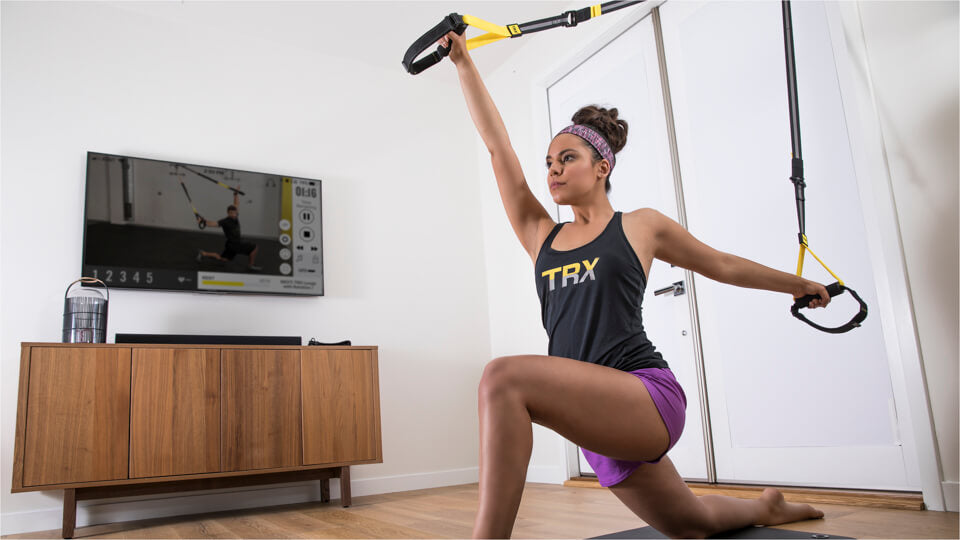
3 Ways To Build Your Own #TRXatHome Workout
There are thousands of fitness resources available online—apps, videos, live streams—but some of us might want to design our own TRX workout every now and then. The most important thing to remember: the best workouts start with a plan. One of the easiest ways to plan is to use an interval pattern. Here, we detail three patterns that fitness professionals use to help you get creative on your own. Tabata Intervals Tabata is a type of high-intensity interval training (HIIT) consisting of eight rounds, alternating between 20 seconds of hard effort and 10 seconds of recovery, for a total of four minutes of work. While Tabata can be viewed exclusively as a cardio tool, you could apply the same concept to strength training using two or four different moves. Here's a quick example: a two-move TRX Tabata series could include TRX Rows and TRX Jump Squats with the Suspension Trainer set to the midway point. Start with TRX Rows for 20 seconds, then take a 10-second break to reset yourself for 20 seconds of TRX Jump Squats. After another 10-second break, you will continue and complete three more rounds of TRX Rows and TRX Jump Squats. Your workout would look like this: Round 1: TRX Rows (20 seconds) 10-second break Round 2: TRX Jump Squats (20 seconds) 10-second break Round 3: TRX Rows (20 seconds) 10-second break Round 4: TRX Jump Squats (20 seconds) 10-second break Round 5: TRX Rows (20 seconds) 10-second break Round 6: TRX Jump Squats (20 seconds) 10-second break Round 7: TRX Rows (20 seconds) 10-second break Round 8: TRX Jump Squats (20 seconds) 10-second break If you want more variety in four-minutes, you choose four moves instead of two, cycling through each move twice. For this example, we’ll add another two moves that require your straps to be adjusted to the midway point: the TRX Bicep Curl and the TRX Crossing Balance Lunge. Here’s what that would look like: Round 1: TRX Rows (20 seconds) 10-second break Round 2: TRX Jump Squats (20 seconds) 10-second break Round 3: TRX Bicep Curls (20 seconds) 10-second break Round 4: TRX Crossing Balance Lunges (20 seconds) 10-second break Round 5: TRX Rows (20 seconds) 10-second break Round 6: TRX Jump Squats (20 seconds) 10-second break Round 7: TRX Bicep Curls (20 seconds) 10-second break Round 8: TRX Crossing Balance Lunges (20 seconds) 10-second break For a longer workout, you could program multiple four-minute Tabata sequences. Four sequences with a minute of recovery between each sequence would give you a 20-minute workout; ten sequences with the same one-minute recovery period would be a 50-minute workout. AMRAP AMRAP stands for “as many reps as possible” or “as many rounds as possible,” and it’s exactly what it sounds like. Let’s say you set a timer for three minutes and decide to work through TRX Rows, TRX Jump Squats, and TRX Bicep Curls in 10-rep increments. You would complete ten reps of TRX Rows, followed by ten reps of TRX Jump Squats, and ten reps of TRX Bicep Curls before starting back at TRX Rows. Your goal would be to complete as many rounds of those three sets as possible in a three-minute period. After a quick break—think 30-60 seconds—you can either start back at the top and try to beat your previous record or try the same time program with three new moves. EMOM Finally, we have the “every-minute-on-the-minute” (EMOM) challenge. In an EMOM workout, you perform a prescribed amount of work in one minute or less. Let’s use the same three moves from above as an example. For an EMOM, the challenge could be completing eight TRX Rows, eight TRX Jump Squats, and eight TRX Bicep Curls—for a total of 24 reps—in less than one minute. If you have a balance of time after those 24 reps, you get to rest. If your minute expires before you can finish the reps, you will still start with your TRX Rows when the next minute begins. With EMOMs, the faster you complete the work, the more recovery you get. But keep in mind that it should take at least 30 seconds to complete the rep count in an EMOM. If you’re flying through reps in less than 30 seconds, it’s time to increase your load or the number of reps per round. Making It Work For You The best part of designing your own workout is making the routine work for you. Have fun playing with your workout options! A TRX-focused workout doesn’t have to consist solely of Suspension Trainer exercises. Spice it up with classic cardio moves like jumping jacks or burpees. Factor in some floor work like inchworms or bicycle crunches. This is your opportunity to be creative! If you’re trying a Tabata, AMRAP, or EMOM, you may want to download an interval timer app. Gym Boss offers a free version of its timer app—both for iOS and Android—so you can focus on your form rather than stare at a clock. The app runs simultaneously with music players and signals when it’s time to start a new interval or rest. With any interval pattern, it’s easy to measure your progress. Want to see if you’re increasing your endurance? Try the same workout once a week over the course of a month and track your rep counts with a goal of improving each week. Every month can be an opportunity to start with a fresh endurance training challenge. Looking for more ideas? Don’t forget to follow TRX Training on Facebook and Instagram, where we have fitness professionals around the world ready to challenge you with new combos.

3 Reasons To Fire Up the TRX App Right Now
With thousands of wellness apps on the market, standing out in the fitness industry is no small task. The TRX APP, however, isn’t your average digital fitness experience. With its 'anybody, anywhere' approach to exercise, the TRX APP can help you stay active whether you’re at home or on the go. Here are three reasons to download the TRX APP today. 1. For a limited time, you can get three months FREE on the TRX APP. One full year on the TRX APP is a steal, running you only $39.95. For those in the market for a TRX Suspension Trainer, the TRX HOME2 SYSTEM comes with FREE TRX APP access for one year, which makes that less-than-$200 price tag for the Suspension Trainer an even greater value. But TRX has also just announced that it’s offering three months’ FREE access to the TRX APP to everyone right now. To get started:
Go to TRXStart.com
Create a profile and use code YUPVKVHVRW for your FREE 3 months
Download the TRX APP in the App Store or on Google Play
Use login information from the profile you created on TRXStart.com.
2. Strength + Cardio + Flexibility, All-In-One TRX is most famous for the Suspension Trainer, but the brand is more than just yellow straps. TRX’s movement experts have developed hundreds of workouts that support strength training, running, cycling, yoga, and more, all housed on the TRX APP, making it an all-in-one resource to help you move better and feel better. No longer do you have to hop from site to site, log into a streaming platform, or search Google to find programming that fits your schedule, level, or interest. With the TRX APP, your next workout is just one tap away. 3. Options, Options, Options The TRX Suspension Trainer is designed to be a fully adaptable fitness tool. Anyone, regardless of ability, age, goal, or level of fitness can use it. The TRX APP was designed with that same flexibility in mind. Within the app, users can select from beginner, immediate, and advanced workouts, filtering for the length of time and modality (like Suspension Training, running, cycling, etc.) that works for them. The app will even track your history to help you see how far you’ve come at a glance. Fun, functional, flexible, and—for now—FREE: the TRX APP delivers dynamic fitness programming to your fingertips. Download the app, set up your account, and get started with your new fitness routine today.
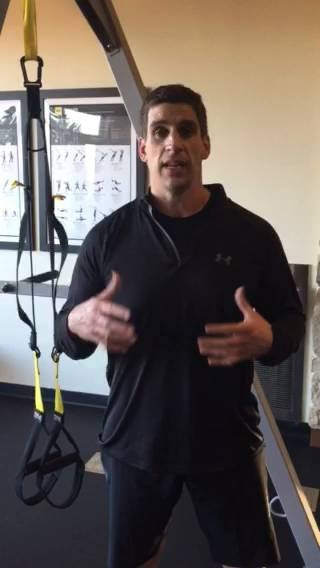
11 Foods You SHOULD Be Eating to Keep Your Body Strong
February is associated with one thing -- Valentine’s Day. But the American Heart Association gives it a different name -- American Heart Month. Now, granted, I guess Valentine’s Day does have to do with hearts, so in a way there’s an overlap
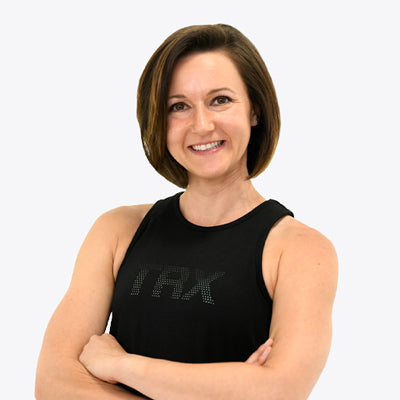
How to Nail the TRX Handstand with Yoga Instructor Krystal Say
You gotta walk before you run, and you gotta flow before you invert. Krystal’s path to TRX Handstands includes a progression designed to activate each muscle group in the body before bringing all the groups together for a handstand.
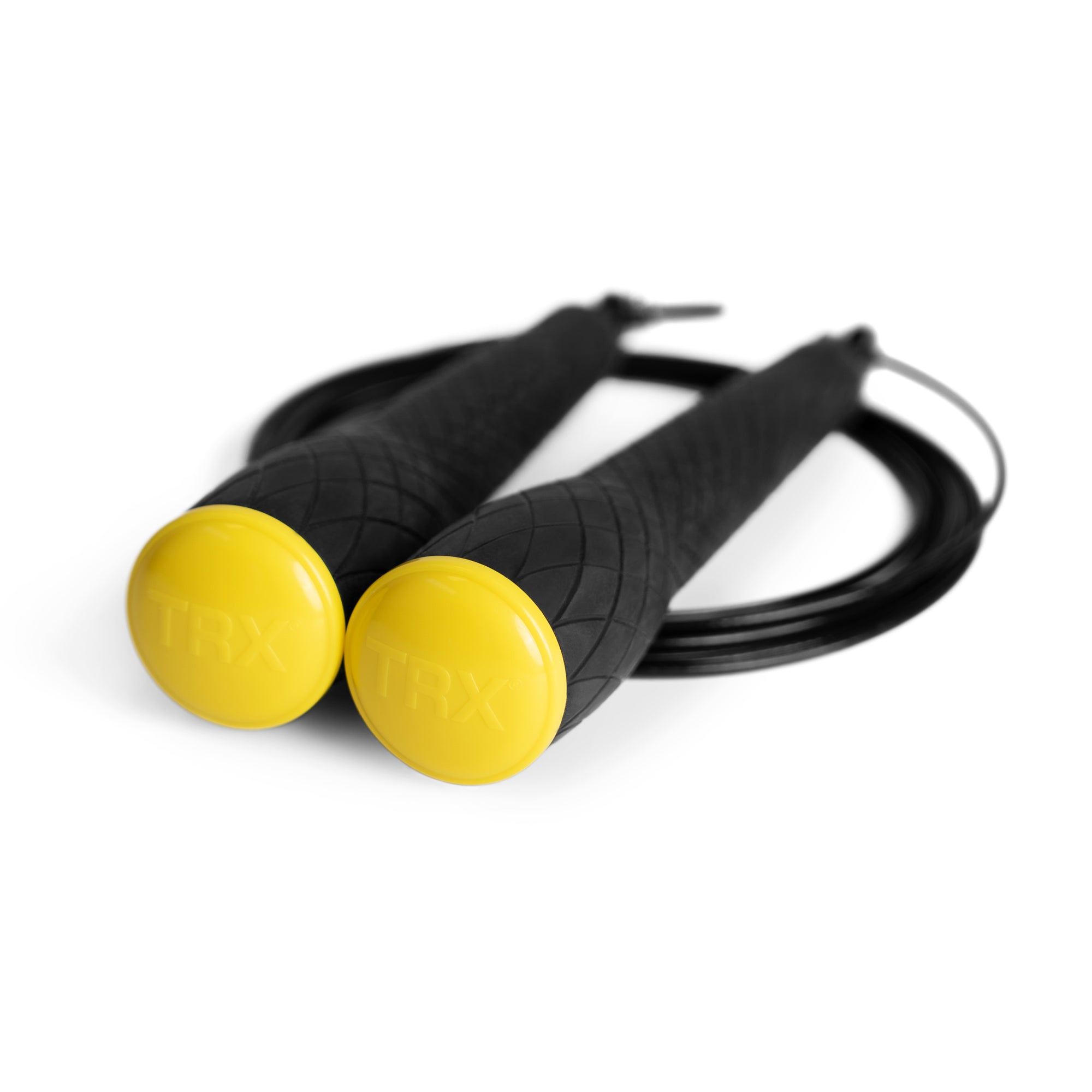
Add Cardio Burst to Your TRX® Strap Workout with TRX® Speed Jump Rope
Our new TRX® Speed Jump Rope—the ultimate way to supplement your strap workout with a serious cardio workout.
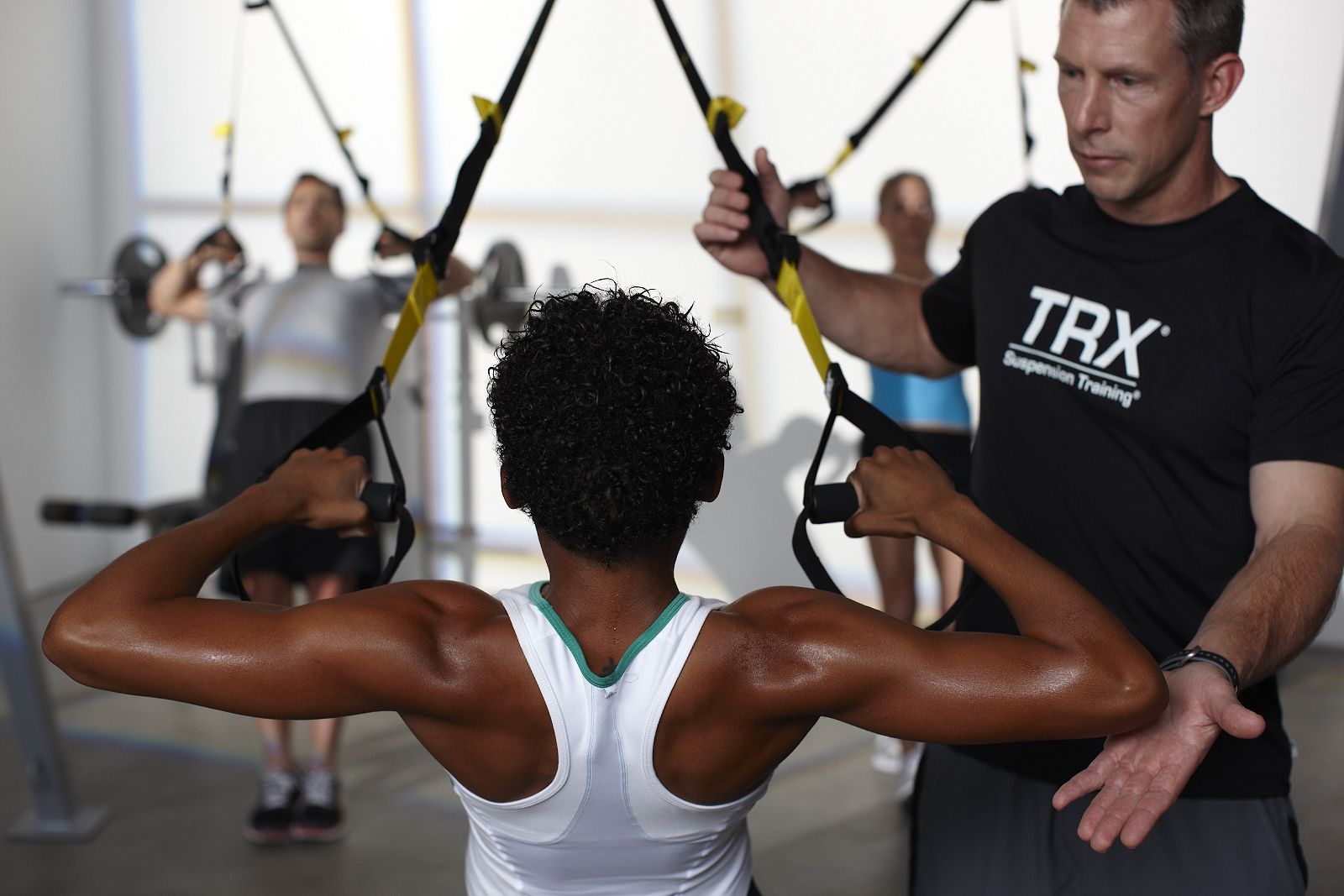
How Much Money Do Personal Trainers Make?
Personal trainers may not be billionaires, but they can make a comfortable living doing something they love.
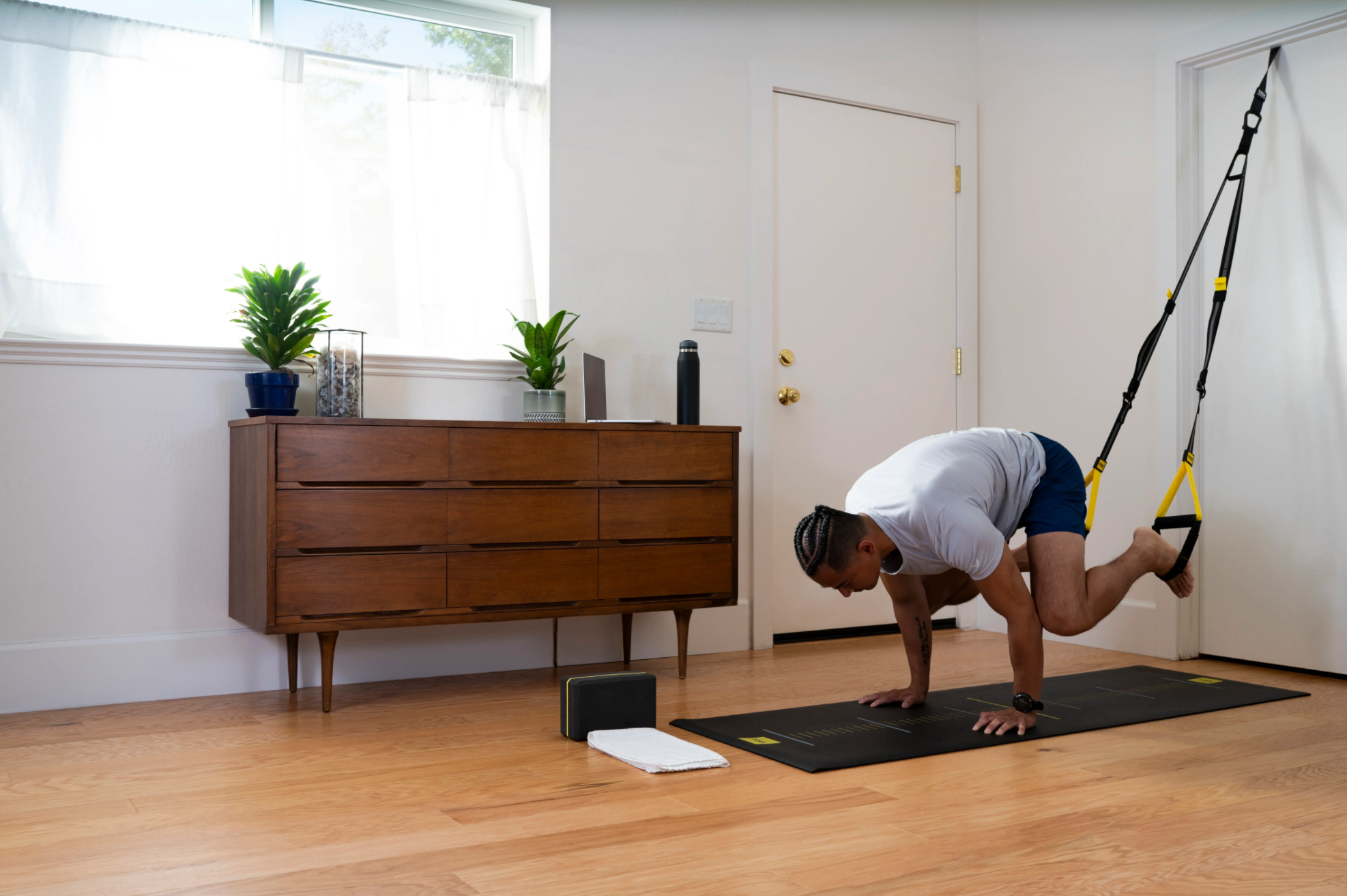
Try These 5 Yoga Moves With Your TRX Suspension Trainer™
A TRX Suspension Trainer™ can help you stabilize many yoga postures, letting you focus on achieving proper form.
